In London today, Nokia revealed the first fruits of its partnership with Microsoft: a pair of Windows Phone handsets, the Lumia 800, codenamed Sea Ray; and the Lumia 710, codenamed Sabre. The 710 has a 3.7" LCD screen, 8GB flash memory, and a 5MP camera with an f/2.8 aperture. The 800 has a 3.7" AMOLED screen, 16GB flash memory, and an 8MP camera with an f/2.2 aperture. Both are powered by 1.4GHz processors with 512MB RAM, and both run Windows Phone "Mango". Both handsets also use tiny micro-SIMs instead of the normal mini-SIM.
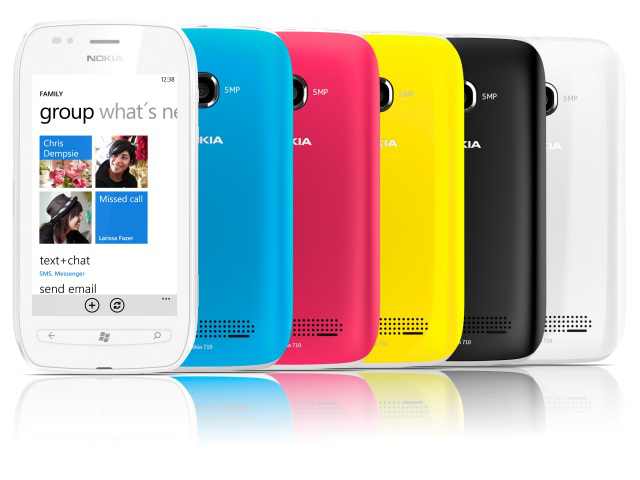
The 710 has an unsubsidized, contract-free price of €270, and is available in black or white. It has replaceable back covers available in black, white, blue, red, and yellow, with both matte and gloss variants. It's positioned as a mid-range handset, with fairly conventional, if unexceptional, styling, with the color options affording it a little more personality than the traditional black slab.
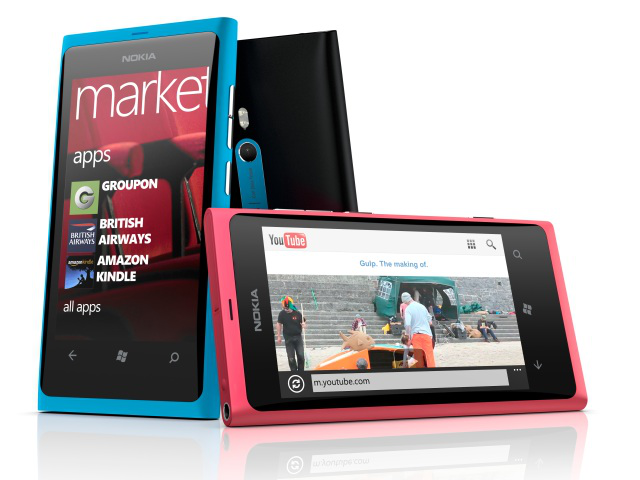
The 800 is an altogether more enticing prospect. It's a premium handset, with an unsubsidized retail price of €420, and it comes in three colors: black, cyan, and magenta. The body of the phone is milled from a single block of polycarbonate—apparently the same grade as is used for ice hockey helmets—to create a smooth, seamless object. The Gorilla Glass on the front is curved, so it too blends into the body with no joint or discontinuity (and as a result, the battery can't be changed by end-users). The phone's micro-USB port is hidden behind a small magnetically latched door. The result is extremely attractive, and the colored handsets are particularly striking. The phone's design—shared with Nokia's MeeGo-Harmattan-powered N9—is eye-catching and elegant.
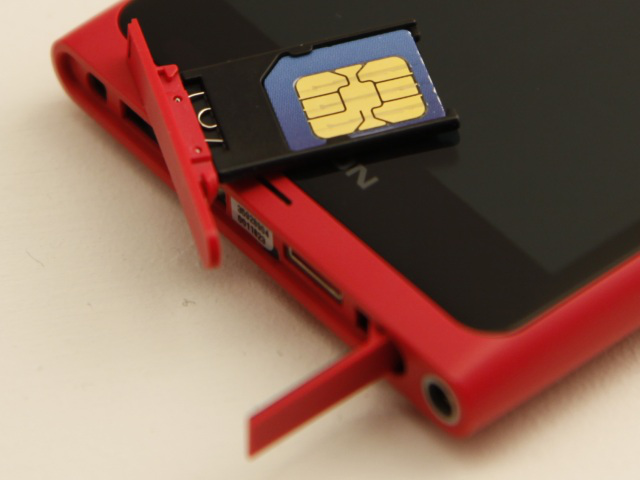
Nokia set out to produce a phone with looks that people will lust after, and with the Lumia 800 it has succeeded. It feels good in the hand and the pocket, looks great, and stands out from the crowd.
Neither handset fully exploits the range of hardware options that Windows Phone permits. Though both include compasses—an optional component that devices are not required to include—neither includes a front-facing camera or a gyroscope. Nor do they include NFC, though this is less surprising as it doesn't form part of the Windows Phone hardware spec.
When the deal between Nokia and Microsoft was first announced, Nokia made vague claims that it would have considerable power to customize the software. This has not come to pass: the phones run standard Windows Phone software, so there is no scope for compatibility issues or platform fragmentation. We spoke to Nokia Senior Vice President of Developer and Marketplace, Marco Argenti, and he confirmed that the integrity of the platform was fundamental, and hence that Nokia would not do anything to jeopardize that.
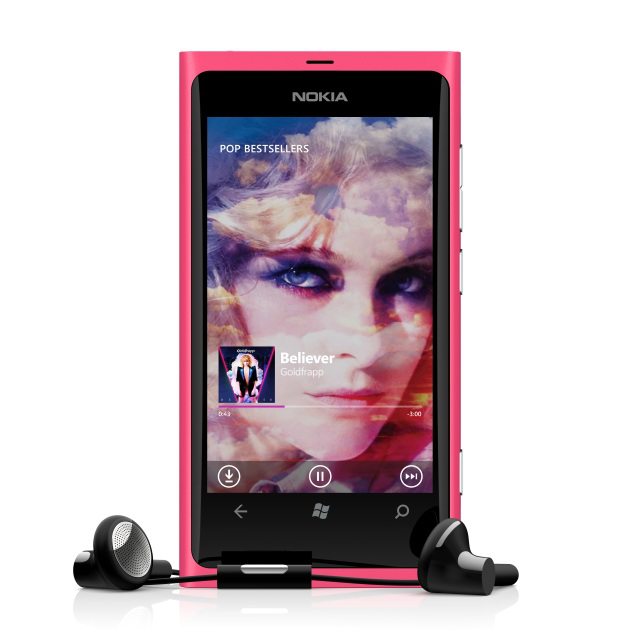
As is the case with other manufacturers, the Nokia handsets do have a few Nokia-specific applications, however. Nokia demonstrated three: Nokia Drive, a turn-by-turn navigation program with full voice guidance and map precaching; Nokia Music, a free thematic audio streaming service; and an ESPN news application. The first two will be Nokia-exclusive: a free feature available to all owners of Nokia handsets. The last will be exclusive for some period of time, before being made available more generally.
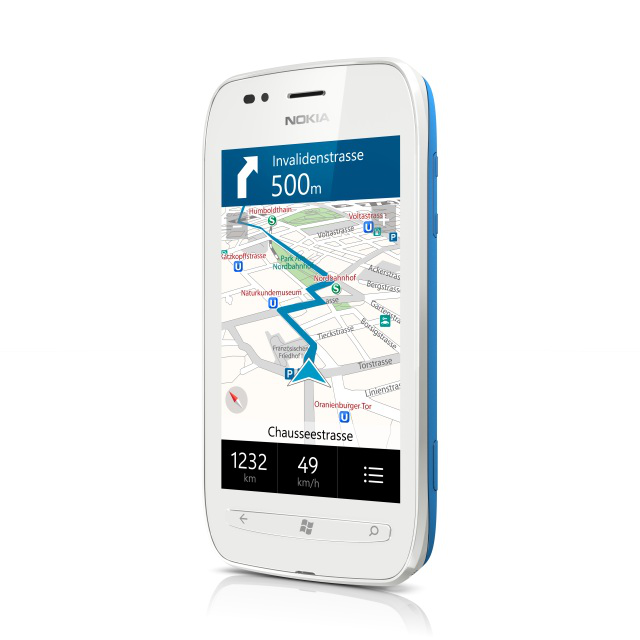
When announcing the phones, Nokia CEO Stephen Elop described the 800 as "the first real Windows Phone": the first phone whose design and build matches the elegance and care of the operating system itself. The likes of Samsung and HTC may well disagree with this assessment, but none of them has produced a device that's as attractive as the Lumia 800.
As expected, the handsets won't initially be available in the US. The 800 will be released In November in the UK, the Netherlands, France, Germany, Italy, and Spain, with 31 carriers supporting the phone across these markets. Preordering is open today. By the end of the year, it will additionally be available in Russia, Taiwan, India, Hong Kong and Singapore. The 710 will launch first in Russia, Taiwan, India, Hong Kong and Singapore, adding the UK to this list by the end of the year.
Elop promised that a "portfolio" of devices would be available in the US by "early 2012." He also said that the devices would include support for LTE and CDMA when appropriate. In the first half of of 2012, Nokia also plans to launch devices in China.
In our review of Windows Phone 7.5, we argued that Microsoft need highly desirable, memorable, standout handsets to attract customers to its fledgeling platform: handsets that people would take notice of, and that people would covet. The Lumia 800 delivers the goods, just as it has been expected to ever since the first Sea Ray leaks. There are still open questions about Nokia's strategy for the US—at the moment, we don't even know if the 710 or 800 will launch in America—but it looks like the Lumia 710 and 800 are both going to shine, at least in the markets lucky enough to get them.
reader comments
215